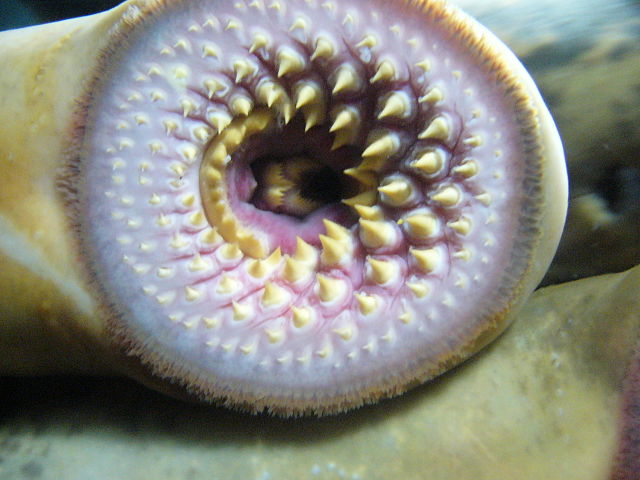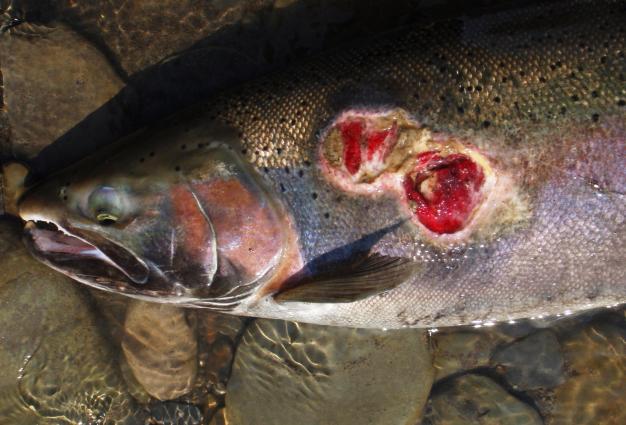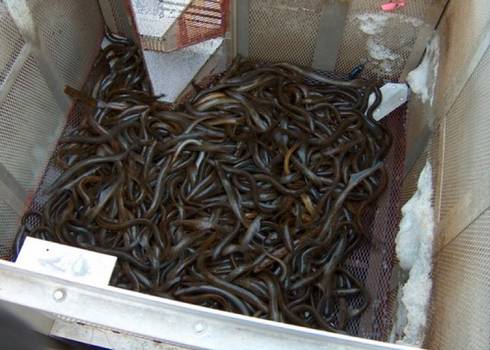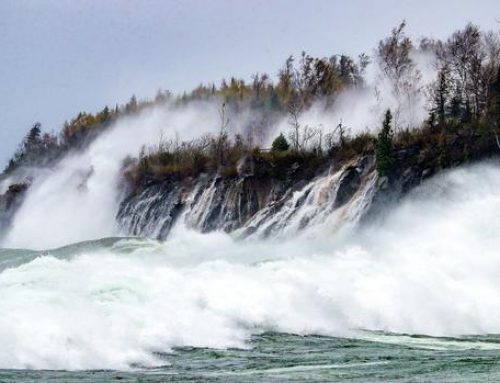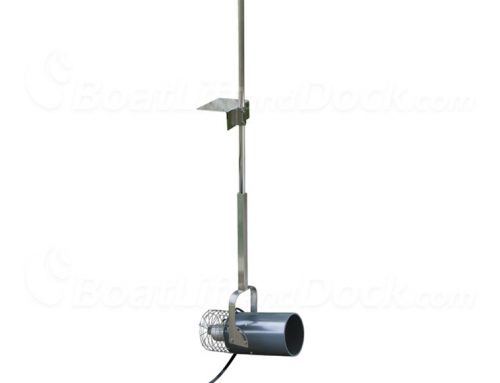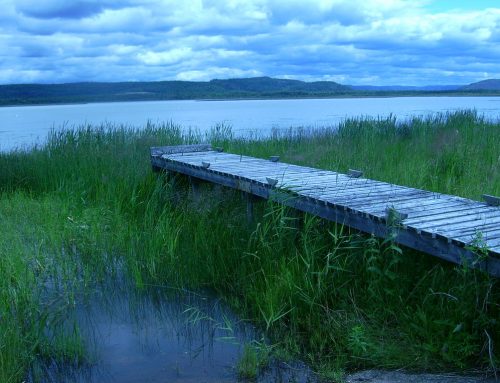Sea Lampreys invaded our pristine Great Lakes in the late 1800s as our country developed a series of canals to link the shipping lanes in all the Great Lakes. The first sighting was in 1835 in Lake Ontario. By the mid-1930s they made their way to the upper Great Lakes. There are 5 distinct species of sea lampreys in our waters today, 4 are native to our waters but the sea lamprey is a true invader. Sometimes misidentified as eels they are actually very primitive fish, so primitive they don’t actually have a jaw. Our native species of lamprey are a parasite on our fish as well but they often leave the host alive as opposed to the sea lamprey which often kills its host. The non-native species attaches itself to a fish and slowly chews a hole in the fish, draining it of its energy and blood until eventually after being attached for a duration of time, the fish succumbs to the wounds and dies.
When they first invaded they nearly wiped out our native lake trout populations. They can digest up to 40lbs of fish in a single lifetime. This invasive species did tremendous damage to our fishing industries and by the 1960s they were only catching 2% of the fish they were harvesting during peak populations decades before. In the decades since there has been an expedited effort to control these parasites by blocking them from spawning in our tributaries and trying to decrease the populations before the larvae reach adulthood and start eating our fish. We treat 100’s of streams every year with a variety of specialized pesticides to kill the larval lamprey.
If you find a lamprey attached to a sports fish you bring in please be sure to remove it before throwing the fish back and do not return the lamprey to the lake. Every chance you get, help our native fish out and keep these invaders from every growing their population to the destructive size of decades past.

